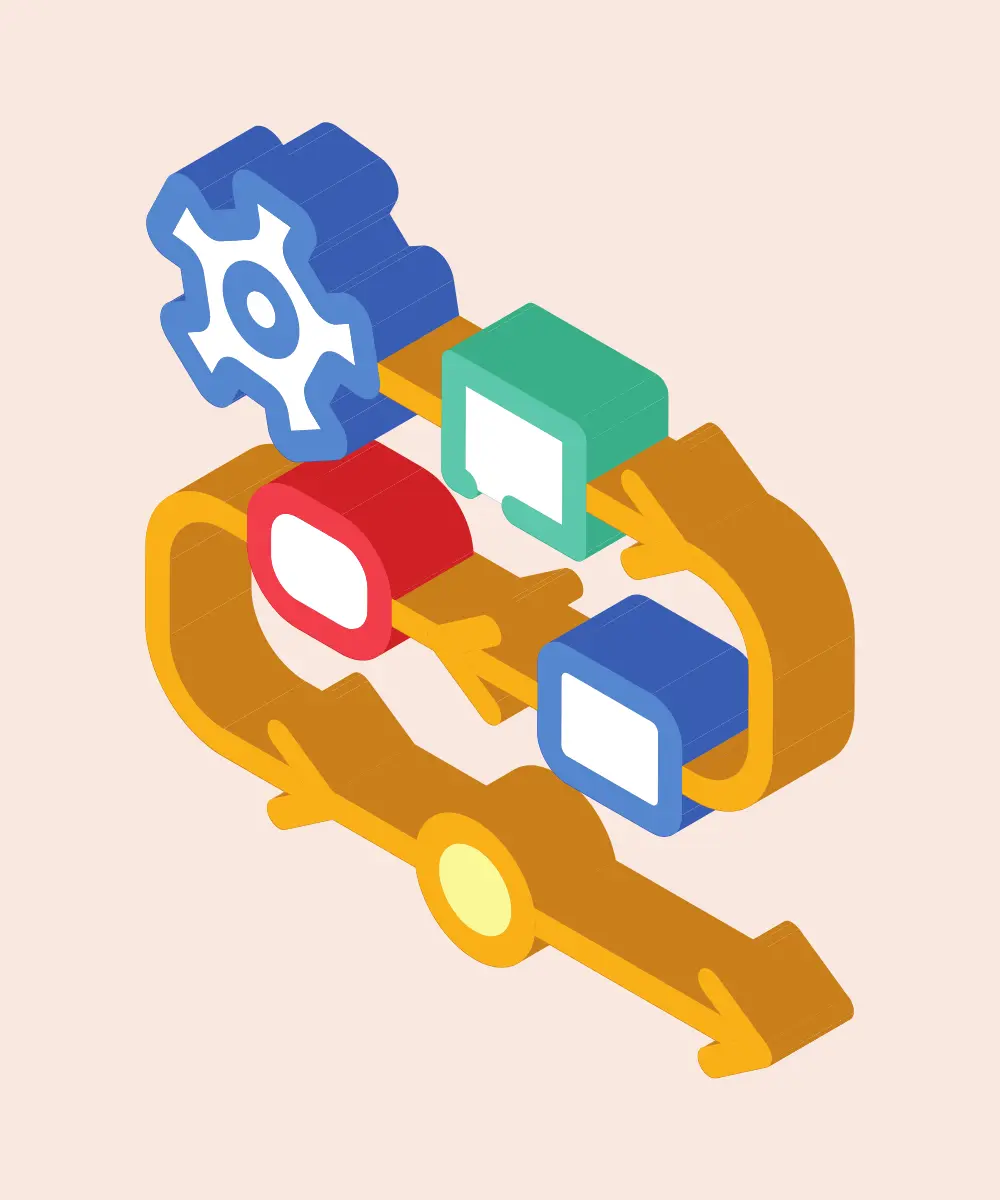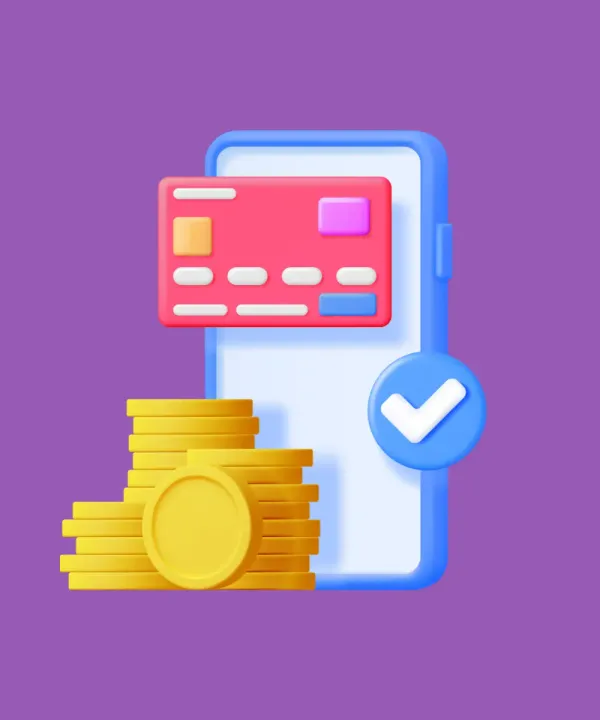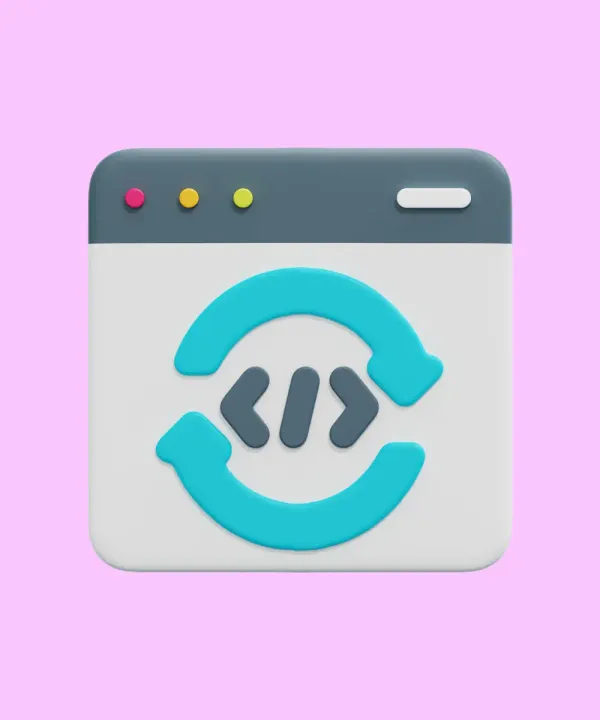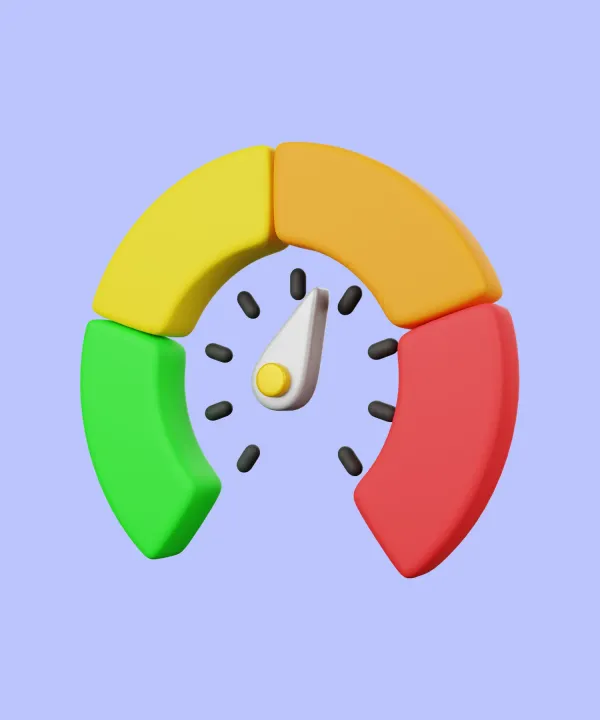Introduction
Mobile app development is a complex process that requires careful planning and execution in order to succeed. Understand the Application Development Life Cycle (ADLC) is essential for developers, project managers, and other stakeholders involved in creating innovative mobile apps.
This article will explore the various stages of the ADLC, from initial conception to release, highlighting the significance of each phase in ensuring a successful app launch. Additionally, we will discuss different management models that can enhance project execution and contribute to delivering a high-quality product.
What is the Application Development Life Cycle?
The Application Development Life Cycle (ADLC) guides the planning, design, development, and maintenance of software applications. It aligns software creation with business objectives to efficiently meet functional and technical requirements, minimizing risks and managing costs throughout the process. This ensures the final product meets business needs and user expectations.
ADLC provides a structured approach for managing complex projects from start to finish, improving communication among developers, project managers, QA teams, and clients by defining stages and outcomes. Its flexibility allows the integration of methodologies like Agile, Waterfall, or Spiral, adapting to each project's needs. This streamlines development, enhances efficiency, promotes continuous improvement, and ensures the software delivers maximum business value.
6 Stages of the Application Development Life Cycle
Discovery stage
The discovery stage lays the foundation for the entire process, involving the process of gathering requirements, conducting market research, and interviewing stakeholders. The main goal is to define project objectives and understand end-user needs. These insights guide the development process, ensuring alignment with business goals and user expectations. Additionally, potential risks are identified, allowing teams to develop strategies to mitigate them before they become major obstacles.
Design stage
The design phase of the ADLC is when the application begins to take shape. Here, the architecture is defined, and user interfaces are created. Requirements gathered during discovery are transformed into detailed design documents, guiding developers. The main focus is on creating an engaging and intuitive user experience, ensuring usability and aesthetics meet high standards, which directly affect user satisfaction and engagement.

Development stage
During the development stage, the application begins to materialize as programmers code the application using frameworks like Flutter. This stage involves the actual building of the application, ensuring it operates seamlessly across various platforms and devices. The code must adhere strictly to the design specifications and meet all business requirements. Development phase requires a high level of precision and attention to detail to ensure that the functionalities integrate well and perform as intended, providing a robust and scalable application.
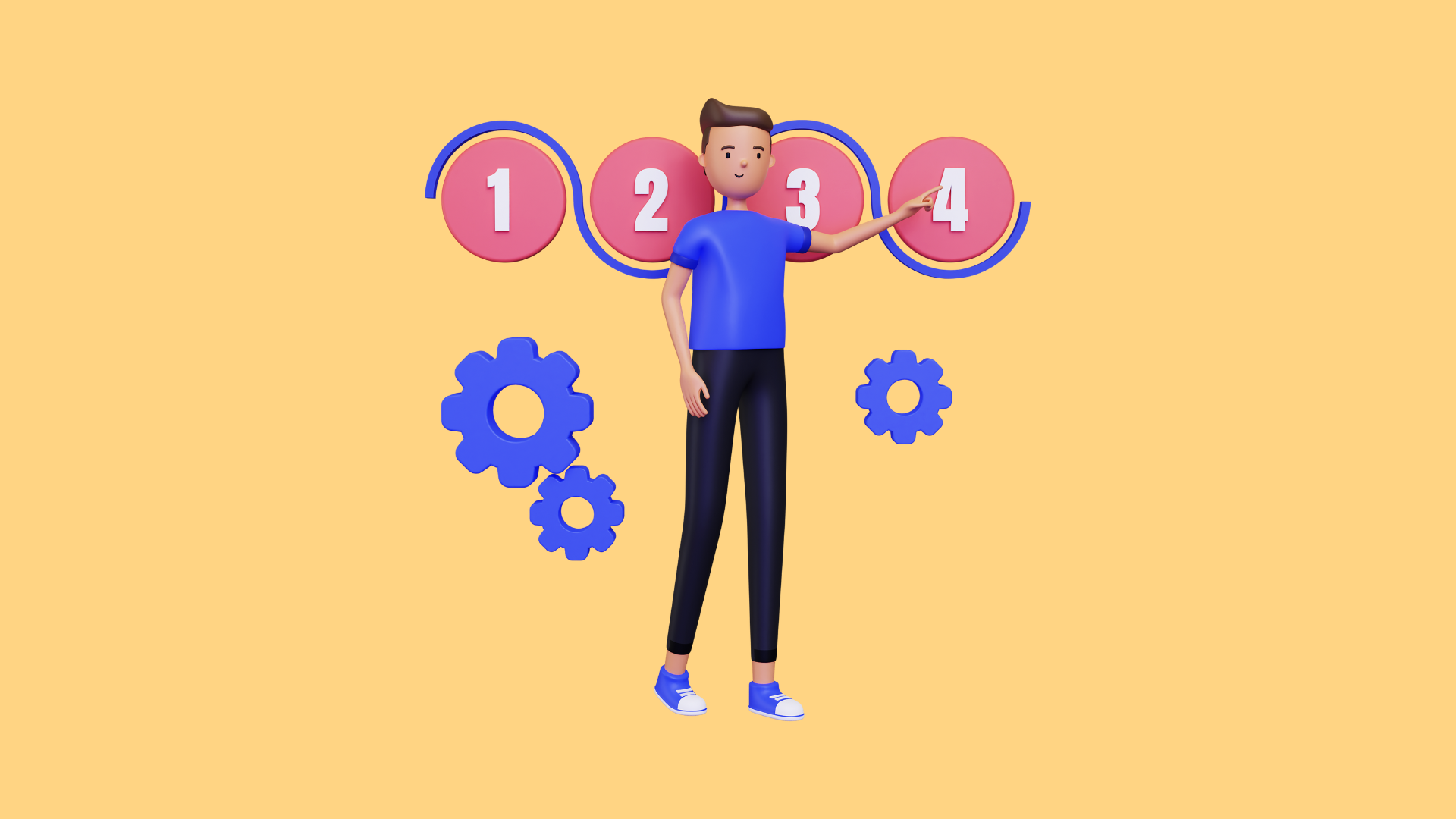
Quality stage
Quality assurance is focused on verifying the functionality and stability of the application through rigorous testing. It involves a variety of tests, such as performance testing, usability testing, and security testing, to ensure that the application meets the required standards. The goal is to identify any defects or issues that could affect the application's performance or compromise user data, and to rectify them before the final product is released.
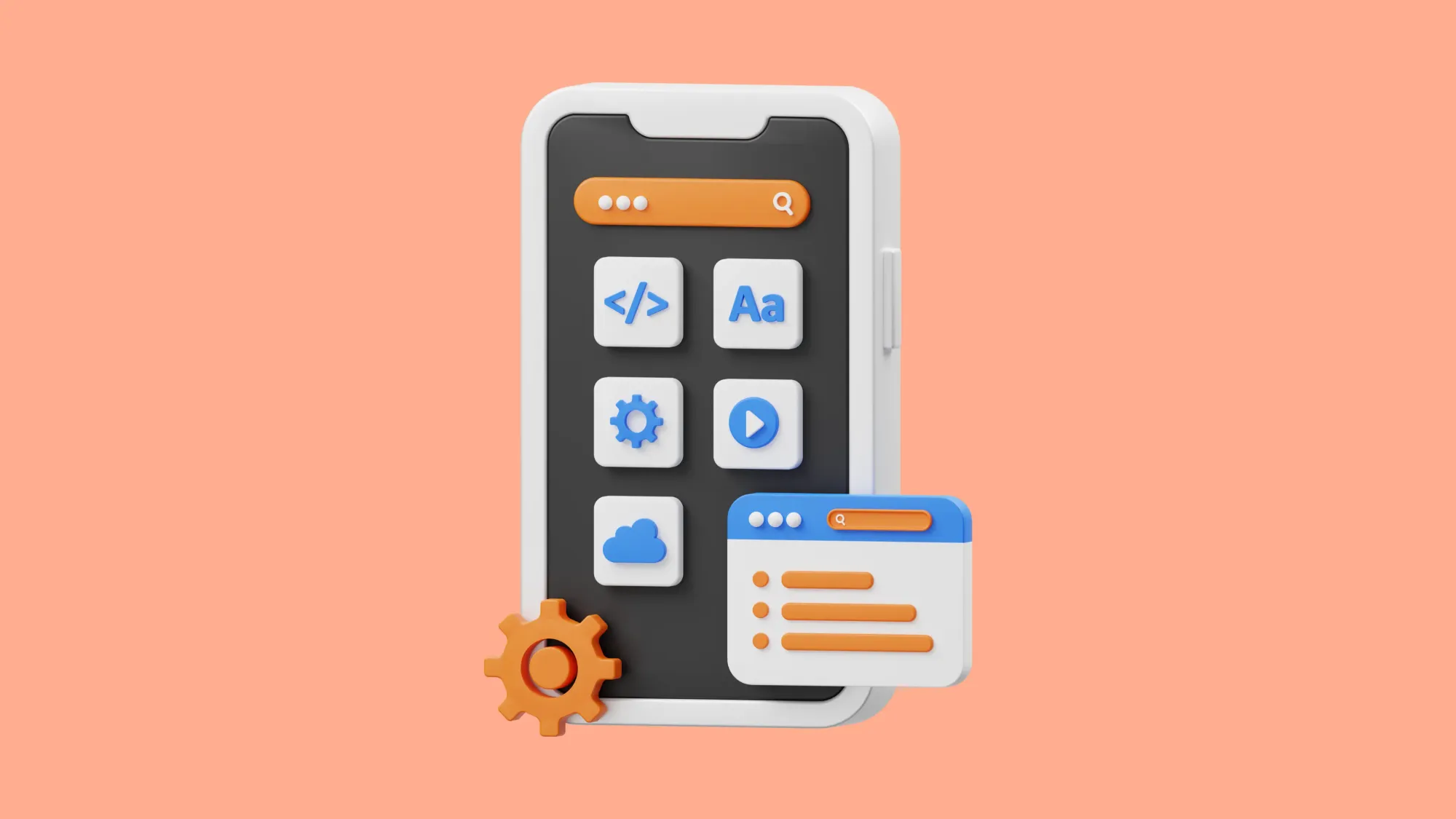
Release stage
The release stage transitions the application from development to production. The application undergoes final testing in live environments to ensure it functions as expected. Launch materials and documentation are prepared to facilitate a smooth rollout. Marketing and operational teams coordinate closely for a successful launch.

Maintenance stage
Post-launch, the application enters the maintenance stage, where the focus shifts to ongoing support and continuous improvement. During this phase, the application is updated regularly to enhance functionality, address user feedback, and ensure compatibility with evolving hardware and software environments. The ongoing maintenance is important for adapting to user needs, fixing bugs, and adding new features that help maintain the application’s relevance and utility over time.
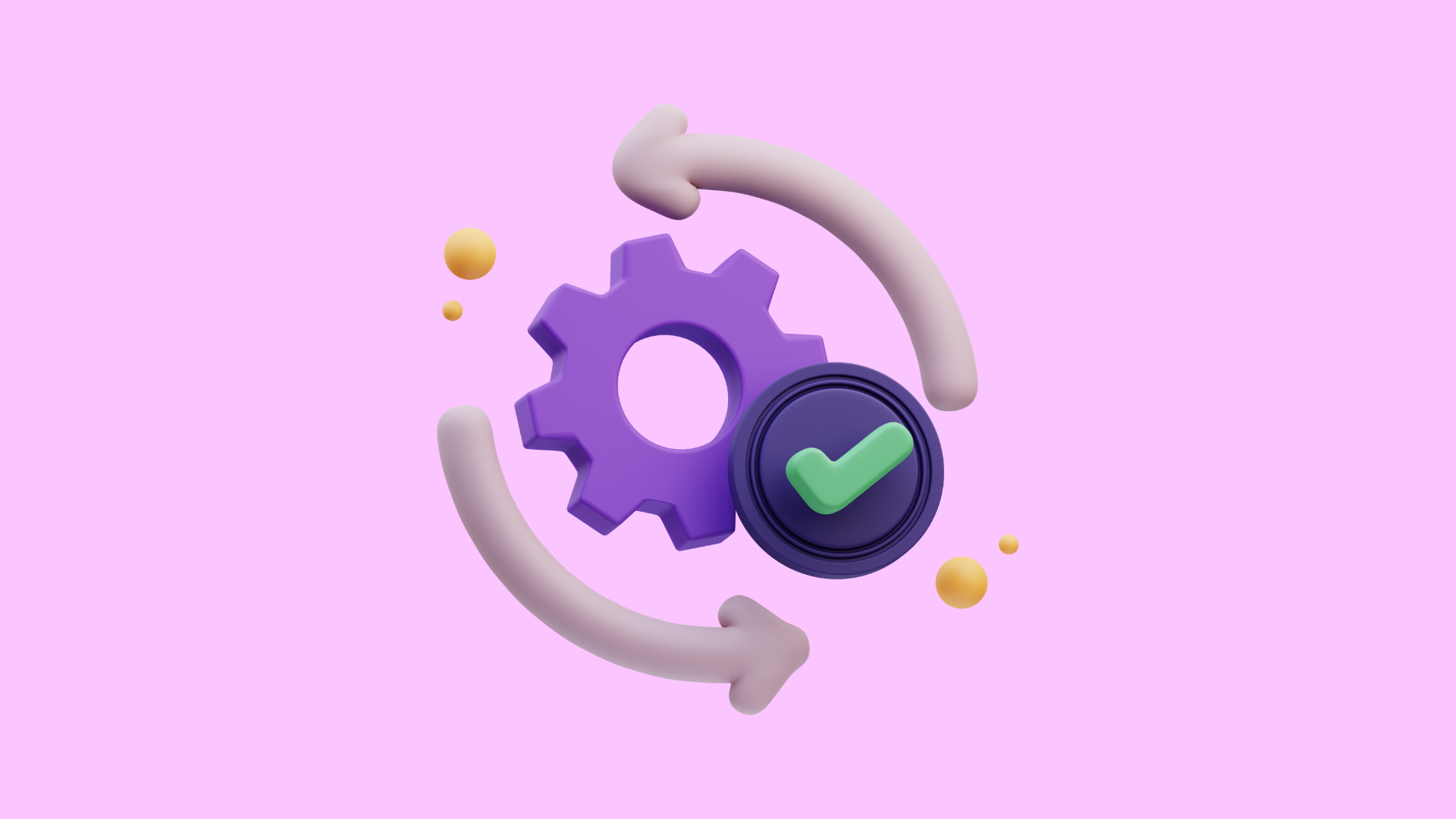
Application Development Life Cycle Management Models
Agile model
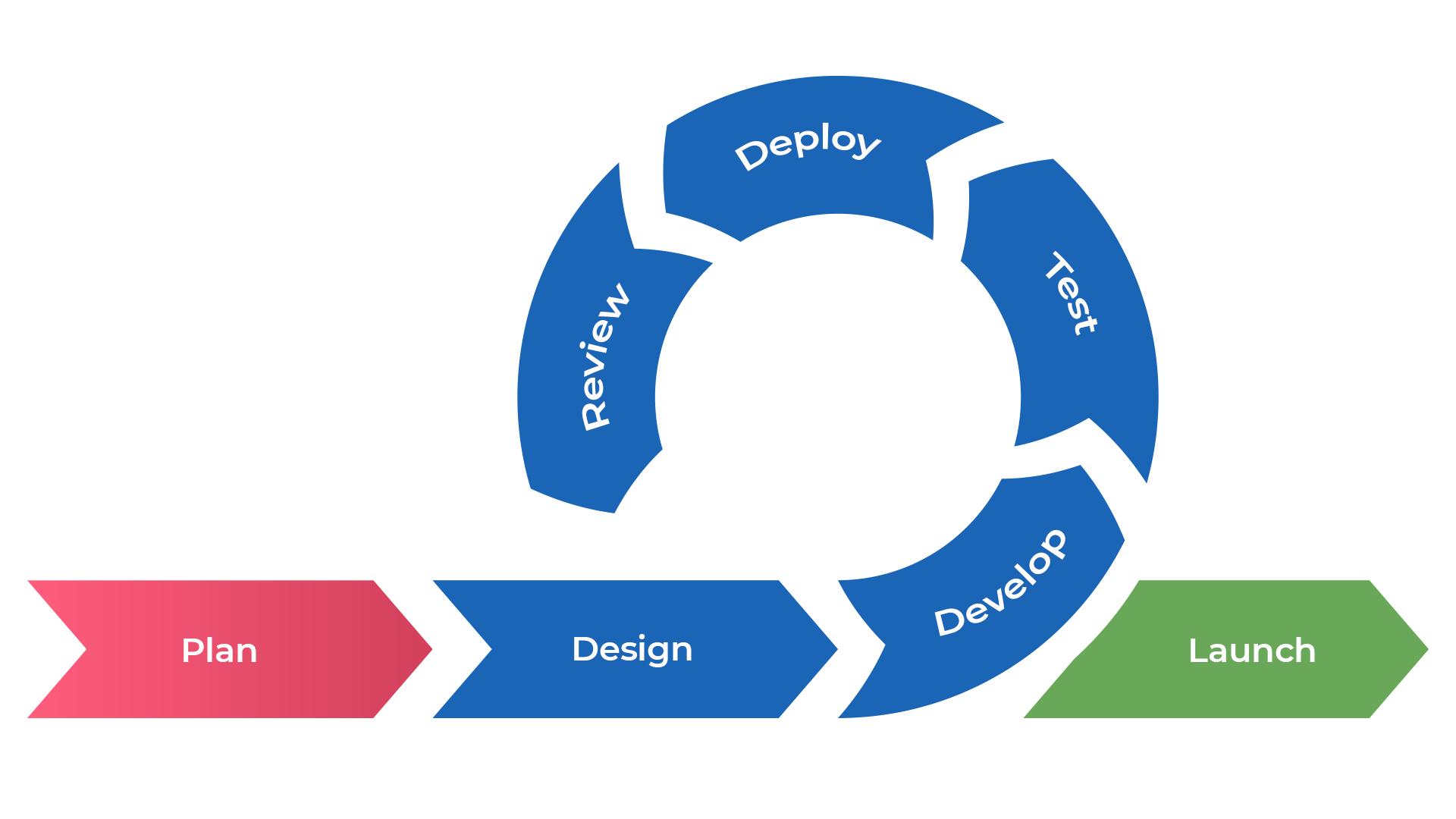
The Agile model is a methodology used in software development that emphasizes flexibility, iterative progress, collaboration, and customer feedback. It contrasts with more traditional, linear development models like Waterfall, which require extensive planning and sequential execution of project phases.
Agile overview
- Origins: The Agile Manifesto, created in 2001 by a group of software developers, outlines the core values and principles of Agile. It emphasizes individuals and interactions, working software, customer collaboration, and responding to change.
- Agile frameworks: Several frameworks fall under the Agile umbrella, including Scrum, Kanban, Extreme Programming (XP), and Lean. Each framework has its practices and focus areas but adheres to the core Agile principles.
- Roles: Common roles in Agile teams include:
- Product owner: Defines and prioritizes the product backlog, representing the stakeholders' interests.
- Scrum master: Facilitates the Agile process, removes impediments, and ensures the team follows Agile practices.
- Development team: A self-organizing group responsible for delivering the product increment.
Key characteristics
- Iterative and incremental development: Projects are divided into small, manageable units called iterations or sprints. Each sprint typically lasts 2-4 weeks and results in a potentially shippable product increment.
- Customer collaboration: Frequent interactions with stakeholders ensure the product meets their needs. Feedback is incorporated continuously to refine and improve the product.
- Flexibility and adaptability: Agile is designed to adapt to changing requirements, even late in the development process. Priorities are regularly reassessed, and adjustments are made as needed.
- Cross-functional teams: Teams are composed of members with various skills, including developers, testers, designers, and product owners. Collaboration and communication are encouraged to leverage diverse expertise.
- Continuous improvement: Agile promotes a culture of continuous improvement through regular retrospectives. Teams reflect on their performance and identify ways to improve processes and productivity.
- Emphasis on working software: The primary measure of progress is working software. Agile teams aim to deliver functional software early and frequently.
Agile model challenges
- Requires cultural shift: Adopting Agile requires a significant change in mindset and company culture, emphasizing collaboration and flexibility over rigid planning.
- Needs strong communication: Successful Agile implementation relies on effective communication and collaboration among team members and stakeholders.
- Potential for scope creep: Continuous feedback and changing requirements can lead to scope creep if not managed properly.
Waterfall model
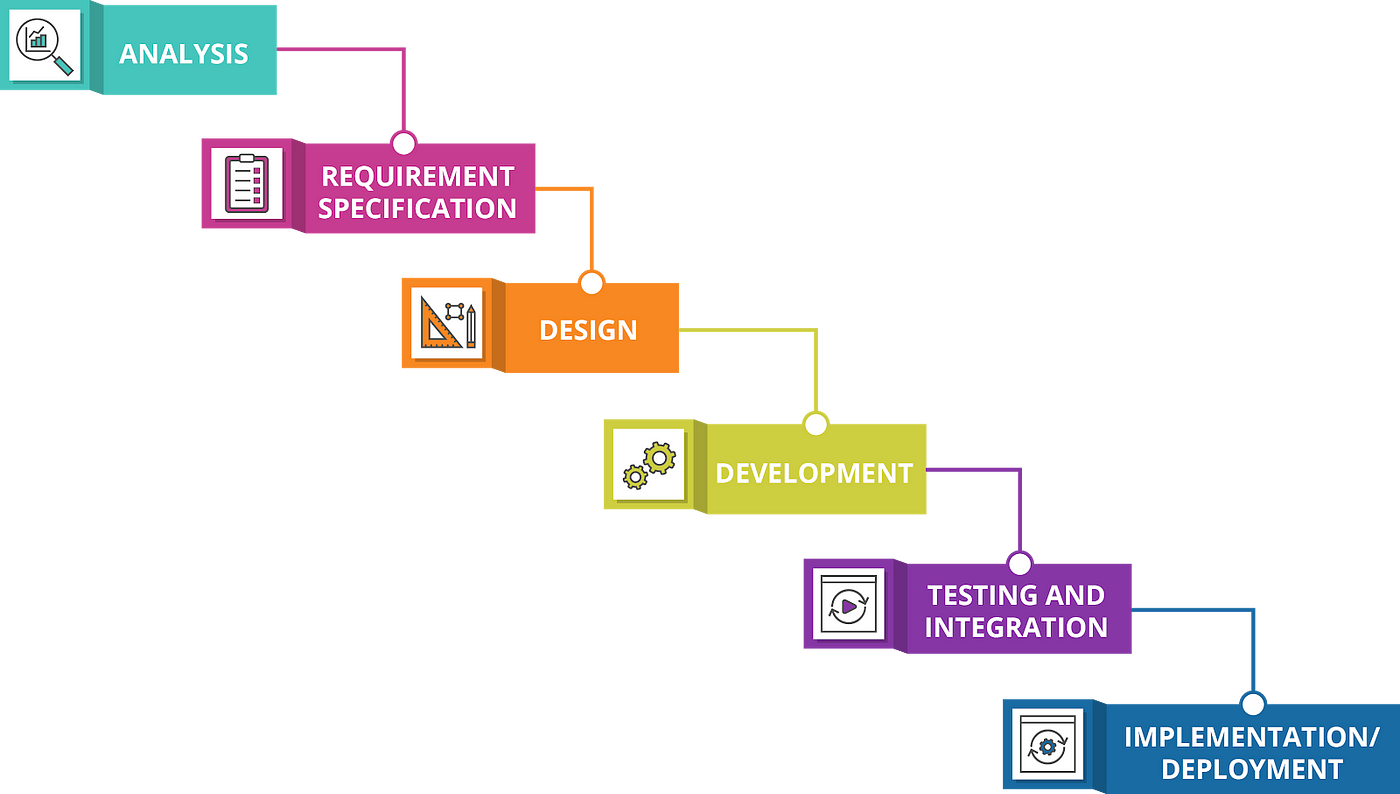
The Waterfall model is one of the earliest methodologies used in software development and project management. It is characterized by a linear, sequential approach where each phase of the development process flows steadily downwards (like a waterfall) through the phases of conception, initiation, analysis, design, construction, testing, deployment, and maintenance.
Waterfall overview
- Origins: The Waterfall model was first introduced by Dr. Winston W. Royce in a 1970 paper as a response to managing large and complex software projects. It was one of the first formalized methodologies for software development.
- Predictability: Due to its structured nature, the Waterfall model is predictable, with a clear understanding of the project timeline and deliverables from the outset.
- Documentation-heavy: The emphasis on documentation ensures that every aspect of the project is thoroughly planned and documented, providing a clear roadmap for the development team.
Key characteristics
- Linear and sequential: The project is divided into distinct phases, and each phase must be completed before the next one begins. There is no overlap between phases, and each phase serves as a foundation for the next.
- Clear documentation: Extensive documentation is created for each phase, providing detailed guidelines and specifications. Documentation serves as a reference for both the development team and stakeholders throughout the project lifecycle.
- Defined requirements: Requirements are gathered and analyzed at the beginning of the project. Changes to requirements are typically discouraged once the project moves past the initial phase.
- Well-defined milestones: Each phase has specific deliverables and milestones that must be achieved before moving on to the next phase. These milestones help track project progress and ensure alignment with the project plan.
Waterfall model challenges
- Inflexibility: The model is rigid, making it difficult to accommodate changes once the project is underway. This can be problematic if requirements evolve during development.
- Late testing: Testing occurs only after the implementation phase, which can lead to the discovery of significant issues late in the project, making them more costly and time-consuming to fix.
- Assumes stable requirements: The model assumes that all requirements can be defined upfront, which is often not realistic for complex or innovative projects.
- Limited customer involvement: Stakeholder feedback is primarily gathered in the initial phase, with limited interaction during development, which can lead to a final product that may not fully meet user needs.
Conclusion
The Application Development Life Cycle (ADLC) is essential for creating high-quality mobile apps. By choosing the appropriate ADLC model, developers can tailor project execution to specific business needs, leading to efficient and successful app launches. Adopting these methodologies improves project outcomes and enhances the overall quality and performance of applications.
To further optimize your development process, consider using Flutter. For in-depth guidance and expert advice on how to use Flutter in your app development projects, connect with us at What the Flutter. With over six years of specialized experience in Flutter technology from its initial release, we're well-equipped to bring your innovative ideas to life. Our expert Flutter development services are designed to help you create something truly remarkable.

